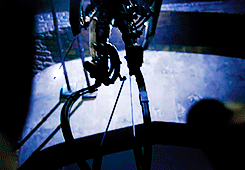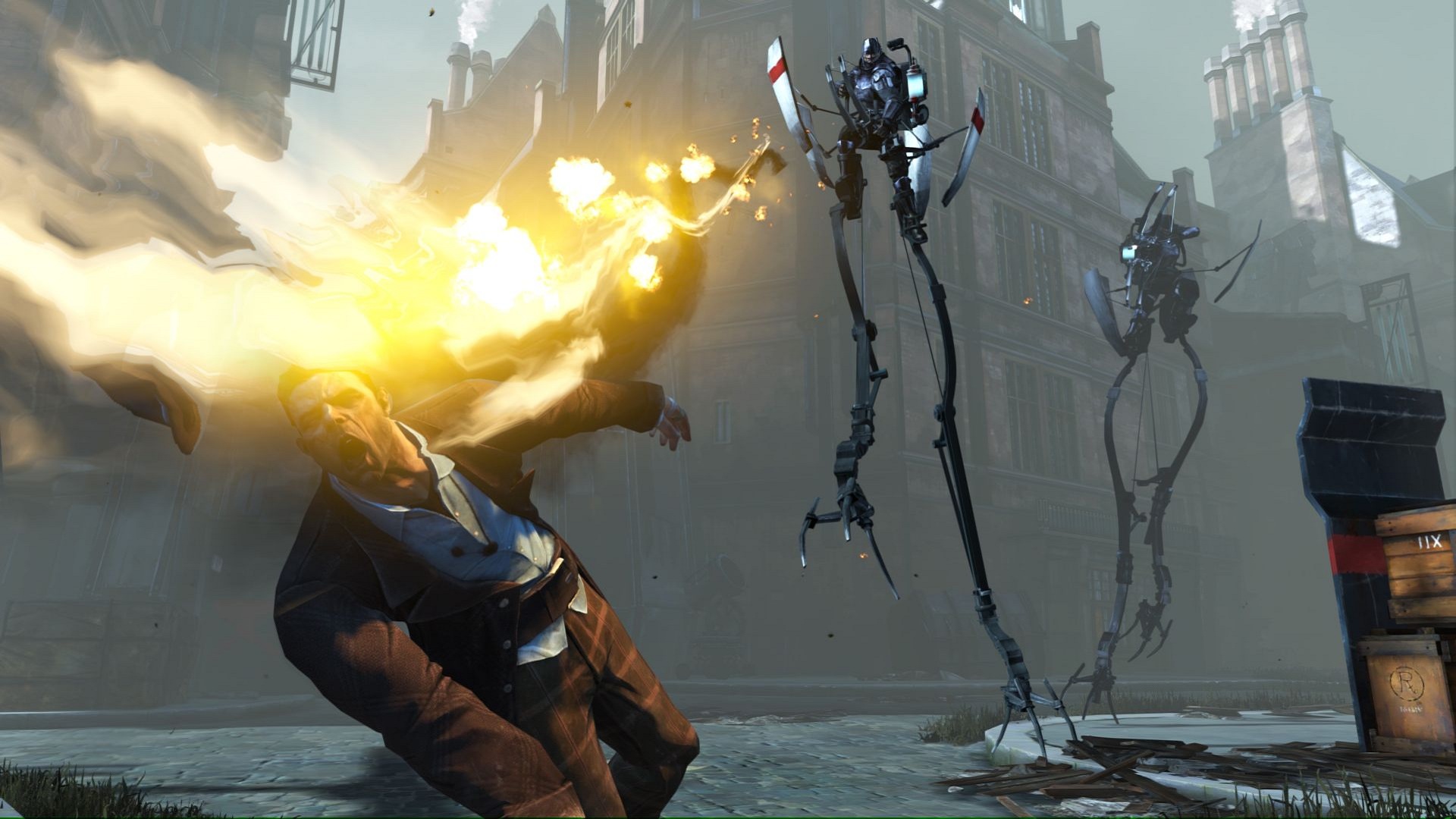Suggestions and bullshitting thread, venting, etc. [NSFW]
NyantaStarhunt 

I post Changeling stuff
@EclecticInspiration
Your a precious bean. Your a good ratto. EXTRA CHEEZ FOR RATTO!
Your a precious bean. Your a good ratto. EXTRA CHEEZ FOR RATTO!
background furry #19375 



me daydreaming without interwebs for several days;

now that I can illustrate and compile what I daydreamed about;
[ Timothy Seals - Temper Edge ^%(@ 34:27)%^ ]






%[ link ]%
His biggest problem may be boredom and a dark house tbh, which is no fun, but it’s better than some alternatives
me daydreaming without interwebs for several days;
now that I can illustrate and compile what I daydreamed about;
[ Timothy Seals - Temper Edge ^%(@ 34:27)%^ ]
“Passive exoskeletons”
While powered exoskeletons use actuators to handle the load while moving, passive exoskeletons use a series of purely mechanical devices. The human body is far from efficient, so these mechanical devices capture some of the lost energy of motion and repurposes it.[ https://en.wikipedia.org/wiki/Powered_exoskeleton#History ]
The earliest-known exoskeleton-like device was an apparatus for assisting movement developed in 1890 by Russian engineer Nicholas Yagn. It used energy stored in compressed gas bags to assist in movement, although it was passive and required human power.[ https://en.wikipedia.org/wiki/Stilts#Digitigrade ]
%(Digitigrade)%
The digitigrade stilt is a peg stilt whose line follows the foot and not the shin bone. This allows costumers to mimic the walk of an animal.%(Articulated)%
This type of stilt is similar to drywall stilts in that they allow the walker to stand in one place without having to shift weight from foot to foot to stay balanced.
%(Records)%
In 1891 Sylvain Dornon (fr), a stilt-walker from the Landes region of France, walked from Paris to Moscow in 58 days.On 30 March 2008 Ashrita Furman of the US ran 1.61 km (1 mi) in 7 minutes 13 seconds on spring stilts in Dachau, Germany.
[ https://en.wikipedia.org/wiki/Burning_glass ]
A burning glass or burning lens is a large convex lens that can concentrate the sun’s rays onto a small area, heating up the area and thus resulting in ignition of the exposed surface. Burning mirrors achieve a similar effect by using reflecting surfaces to focus the light.
[ https://en.wikipedia.org/wiki/Archimedes#Heat_ray ]
Archimedes may have used mirrors acting collectively as a parabolic reflector to burn ships attacking Syracuse. The 2nd century AD author Lucian wrote that during the Siege of Syracuse (c. 214–212 BC), Archimedes destroyed enemy ships with fire. Centuries later, Anthemius of Tralles mentions burning-glasses as Archimedes’ weapon. The device, sometimes called the “Archimedes heat ray,” was used to focus sunlight onto approaching ships, causing them to catch fire. In the modern era, similar devices have been constructed and may be referred to as a heliostat or solar furnace.
[ https://en.wikipedia.org/wiki/Heat-Ray ]
The Heat-Ray is the primary offensive weapon used by the Martians in H. G. Wells’ classic 1898 science fiction novel The War of the Worlds and its offshoots.The Heat-Ray is essentially a directed-energy weapon, albeit the name of “Heat-Ray” is more commonly applied to the destructive energy it projects than to the weapon itself; the latter described as a box-like or camera-like case mounted on larger machines
[ https://roll20.net/compendium/dnd5e/Sunbeam#content ]
A beam of brilliant light flashes out from your hand in a 5-foot-wide, 60-foot-line. Each creature in the line must make a Constitution saving throw. On a failed save, a creature takes 6d8 radiant damage and is Blinded until your next turn. On a successful save, it takes half as much damage and isn’t Blinded by this spell. Undead and oozes have disadvantage on this saving throw.You can create a new line of radiance as your action on any turn until the spell ends.Components: V S M (A magnifying glass)
(Tallboy shoulder-lamp)
(Predator plasma caster)
[ https://en.wikipedia.org/wiki/Pavise ]
A pavise (or pavis, pabys, or pavesen) was an oblong shield used during the late 14th to early 16th centuries. Often large enough to cover the entire body, it was used by archers, crossbowmen and other infantry soldiers.
EclecticInspiration 


Skaven
@Coriolanus
Hello, fren! I’s glad to see you bacc
>.>
<.<
snuggs
eeeeeeeeee walkers with a nope-telescope
Hello, fren! I’s glad to see you bacc
>.>
<.<
snuggs
eeeeeeeeee walkers with a nope-telescope
EclecticInspiration 


Skaven
@Coriolanus
I will take this bollock dagger and go reive cheez
thanke
jumpcut to skavie raiding fridges for cheez & threatning people & malcompliant fridges with an obscene dagger
I will take this bollock dagger and go reive cheez
thanke
jumpcut to skavie raiding fridges for cheez & threatning people & malcompliant fridges with an obscene dagger
Interested in advertising on Furbooru? Click here for information!

Furbooru is not cheap to operate - help support us financially!